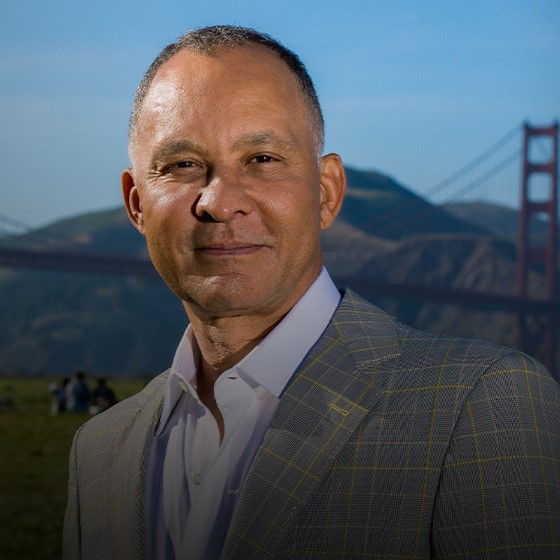Gynecomastia Consultation
Gynecomastia is an overgrowth of tissue on the male chest which is a combination of fatty tissue as well as the normal glandular tissue found in men and women. Obesity can lead to a predominance of the fatty portion of gynecomastia whereas other causes can lead to an overgrowth of the normal glandular breast tissue found in both genders. There are numerous causes of gynecomastia. Anabolic steroid use including those found over the counter without a prescription and legally sold in health food stores such as GNC, multiple prescription medications for unrelated conditions, marijuana usage, but most commonly there is no identifiable cause. Heavy alcohol use and liver conditions can also lead to gynecomastia. Gynecomastia is extremely common at the onset of puberty, and the majority of these cases reverse themselves within a year and a half.
When gynecomastia has been present for two years or longer, it is extremely unlikely to reverse itself. In this situation, surgery is indicated to relieve the unsatisfactory appearance as well as the, sometimes, encountered painful cases of gynecomastia.
Surgery for this condition formerly was not a very satisfactory one for either the surgeon or the patient. This required an incision around the border of the areolae from the 3 to 9 o’clock positions with direct excision of the tissue under direct vision by the surgeon with scissors often leading to an irregular or lumpy final result. It also required drainage tubes coming out of the sides of the torso. Most of all, however, was the appearance of two half-moon scars on the chest, which no man cares to display for the rest of his life.
This changed with the advent of ultrasonic liposuction some 10 years ago. Traditional liposuction is ineffective in removing any of the glandular components of this condition. Remember, there are two components that need to be reduced and that is the fatty tissue as well as the glandular tissue. Whereas traditional liposuction may be able to remove a portion of the fatty tissue, it takes the power of ultrasonic liposuction to have an appreciable effect.
Ultrasonic liposuction involves the use of a cannula made of titanium whose tip vibrates over 20,000 times per second. The tissue that encounters this leading probe cannot tolerate the rapid positive and negative pressure waves, and the resulting cavitation effect causes the breakdown of the tissues. This allows for more breakdown of the fatty and glandular tissue of the chest wall. Nevertheless, even ultrasonic liposuction cannot remove all of the tissue, and this is where we have an instrument that can be inserted through the small incision under the arm to remove the rest of the glandular tissue. Having said all this, the result is we can offer for most patients an operation with no scar or incision on the chest, no drainage tubes, and only a small 1.5cm incision under each arm to remove the tissue and result in a flatter, more masculine torso. Since the fatty tissue and the glandular tissue are removed, the chances of recurrence are extremely unlikely and would depend on continued stimulation from some source such as described above. Just as important as getting a flat torso is not removing too much tissue. Certainly, some glandular tissue in a small amount has to be left behind by the nipple and areola so that a depression is not left behind.
I hope this has been helpful to you. Please write down questions for your gynecomastia consultation as they arise as our staff is always anxious to help you in educating you about your condition as well as the solutions we can offer.
For personalized information about gynecomastia plastic surgery procedures, please complete Dr. Delgado’s inquiry form.

